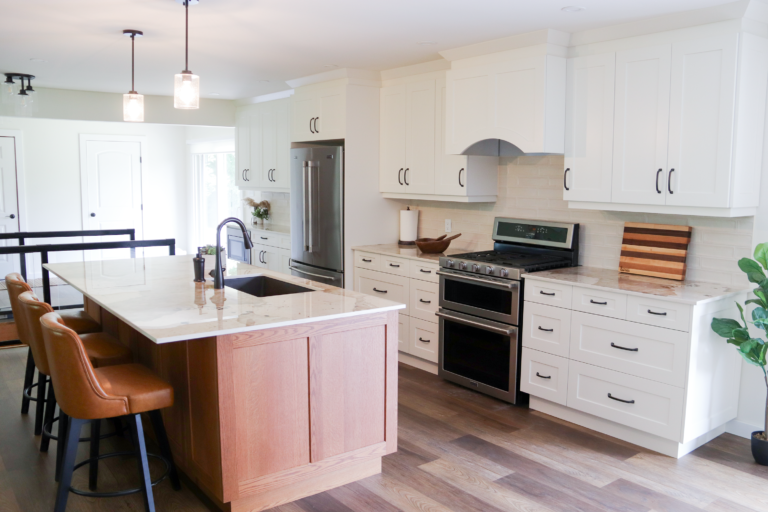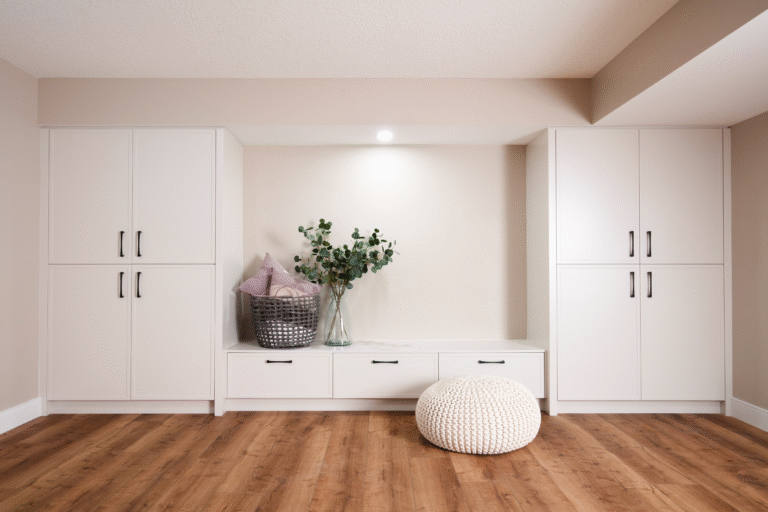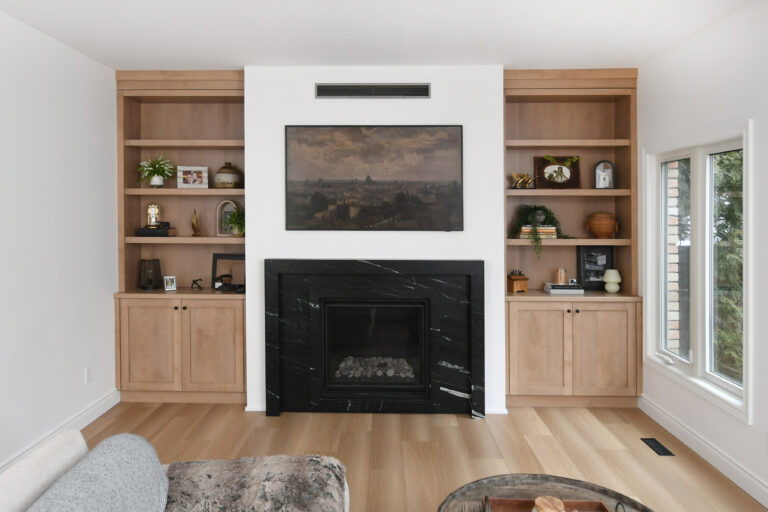Clients changing their minds is one of the most common issues in kitchen design and one of the most frustrating for designers.
Kitchens are a big investment. A little indecision is expected. But when revisions start piling up and decisions get reversed, it becomes hard to keep the renovation moving in a productive direction.
Designers – you don’t have to accept chaos as part of the job. With a clear workflow and confident client process, you can help homeowners feel certain and lead the design process towards the right solutions.

Why Clients Changing Their Minds Happens So Often
Design decisions can feel permanent. Your client knows they’ll be living with the outcome every day. And when there are hundreds of options and thousands of dollars involved, it’s natural to second-guess.
That’s why kitchen projects often come with some level of hesitation. Especially around major items like cabinetry.
The issue starts when the process lacks boundaries. The more open-ended things feel, the more uncertain people become. That uncertainty leads to more changes.
Your job isn’t just to present options. It’s to guide the process.
1. Give Clients a Clear Decision Timeline
You know when you need selections finalized. But does your client?
If they think they can change something at any time, they probably will. Not because they’re trying to delay the project, but because they don’t understand where the boundaries are.
Let them know early:
“To stay on track, we’ll need final cabinet selections confirmed by [specific date].”
Not a guess. Not a rough idea. A date.
This simple step takes the pressure off both of you. It also gives you something to refer back to if things start slipping.

2. Document Every Change Along the Way
Even when communication is great, memory is not.
Keep a written record of every change that’s made: what changed, when it changed, and how it affects the layout, budget, or timeline.
This doesn’t need to be complicated. A quick summary in your notes or a project tracker is enough.
When clients change their minds again, you can gently show them the previous decision and confirm if they want to proceed with the revision.
It’s also a useful tool for protecting your time and avoiding misunderstandings later.
3. Understand What’s Behind the Uncertainty
Sometimes, clients changing their minds isn’t really about the selection they’re questioning. It’s about something else.
Maybe they feel overwhelmed. Maybe they’ve been scrolling online and now they’re unsure. Or maybe they’re just scared to make the wrong decision.
Instead of presenting more choices, pause and ask:
“Is something not sitting right with this choice?”
“Do you feel stuck between two directions?”
“What’s making you hesitate?”
This shifts the conversation away from product and into clarity. You’re helping them move forward, not just offering another option.
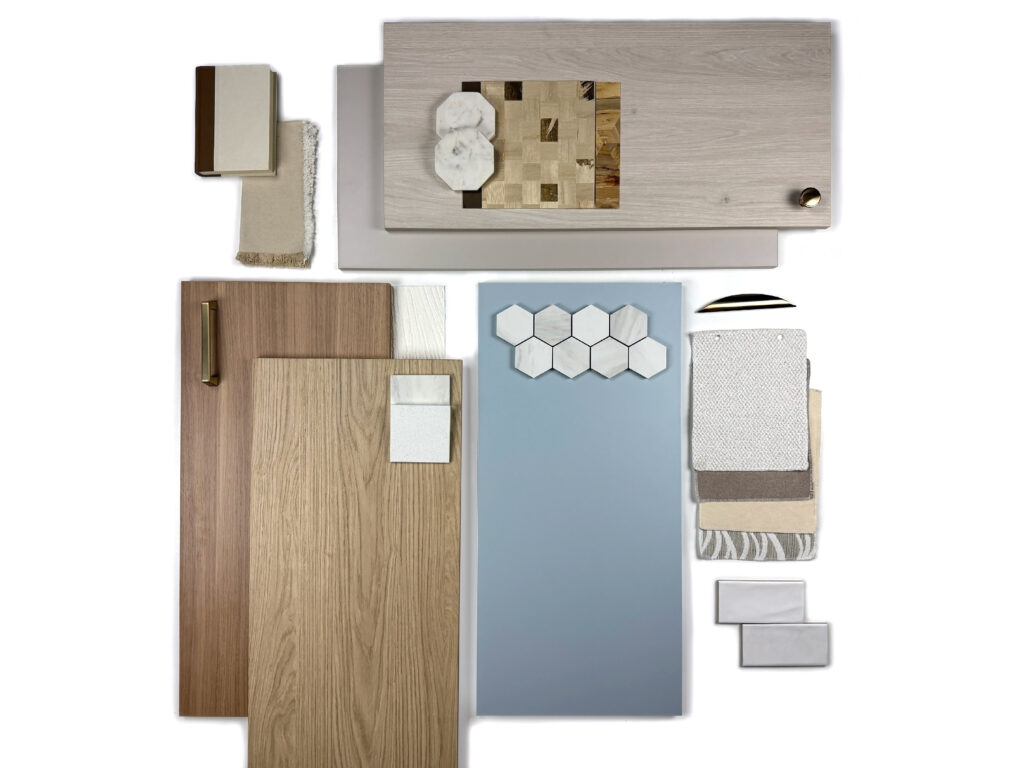
4. Take the Lead With Confidence
You are the expert. If you don’t seem sure, your client won’t feel sure either.
When a decision has already been made — and you still feel it’s the right one — say so.
“I still think this is the best option based on your space and goals.”
That doesn’t shut them down. It reassures them that their original instincts were solid and that you’ve got their back.
This kind of guidance is what they’re paying you for. They don’t want to wade through an endless sea of options. They want to feel confident about the one they chose.
5. Create a Process for Late Changes
Sometimes changes will still happen after things are finalized. That’s not the end of the world, but it needs structure.
If your contract doesn’t already include a process for late revisions, build one in. For example:
- A flat change fee for anything after final sign-off
- A note that changes may affect lead time or pricing
- A requirement that all changes are confirmed in writing
You don’t need to enforce every rule strictly. Just having the policy gives you a professional way to pause and reassess when things start to drift.
“We can definitely make that change. Just keep in mind it will affect the install date.”
That one sentence puts the decision back in your client’s hands, with full context.
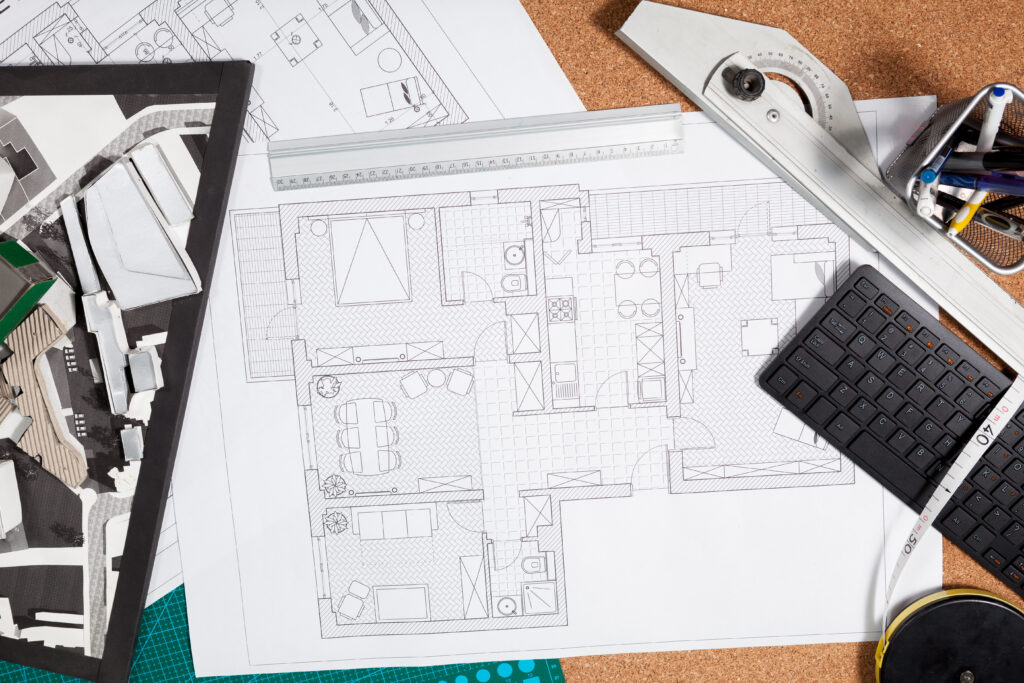
6. Help Clients Feel Confident, Not Rushed
Most people don’t want to be indecisive. They want to feel sure. You can help by doing three simple things:
- Narrow their choices. Don’t present every possible finish or cabinet profile. Show the best few options for their space.
- Tie selections back to the original vision. Remind them of their goals when they start straying.
- Celebrate the decisions they’ve made. A little affirmation goes a long way.
“You’ve already made great choices here. This layout works really well with that finish. Let’s keep going.”
Confidence builds over time. You don’t need to rush your clients, just guide them towards the kitchen they already know they want deep down.
Clarity is One of The Most Helpful Things You Can Offer
You can’t design the same kitchen five times from scratch.
Having a strong process doesn’t just protect your schedule. It protects your client from burning out.
When you create structure, stay firm on timelines, and lead with confidence, clients feel safer making decisions. And they’re far less likely to second-guess them later.
That’s what keeps the project and the relationship strong from start to finish.





